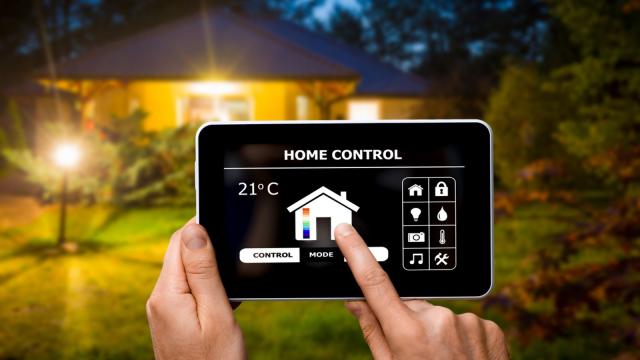I’ve been adding a bunch of smart home devices to my home. It’s part of an ongoing experiment to see what I can do to make my life easier, my home safer and to save some money on power bills. But I’m finding that I keep hitting some roadblocks. And while I do hit the odd technical roadblock, I’m finding that the biggest problems stem from the intransigence of vendors.
While home automation isn’t new. People have been hooking devices up for many years in an effort to make life easier – and there’s story of the developer who automated a lot of his job. But there’s a world of difference between getting a bunch of separate devices to work and getting lots of devices to work together as part of an integrated environment.
The core of the problem stems, at the moment, because of a turf war being played out between Google, Apple and Amazon.
Apple has a fairly locked down set of stands that come together under the HomeKit umbrella. If you live in the Apple ecosystem, that’s fine but that’s only a relatively small proportion of the population and making devices HomeKit enabled has resulted in higher device prices.
Whether those higher prices are because the cost of making something HomeKit friendly is higher, or because vendors selling gear to Apple’s target audience can simply get away with charging more is open to debate.
Then there’s Google. Their automation platform is open to pretty much anyone making home automation gear. Their acquisition of Nest a few years ago, and the continued development of that platform, strongly suggests they plan to be a major player in the smart home business.
Amazon continues to try and push their way into every aspect of our lives. While they started with online shopping, their cloud services and recently released Alexa assistant that’s integrated into lots of devices, shows their commitment to take over your home.
This triumvirate of companies do play together to a small degree. For example, the Nanoleaf lights I’ve reviewed work with HomeKit and Alexa. And Belkin’s WeMo gear works wth Google Home and Amazon Alexa. But the Elgato Eve gear I have only plays with HomeKit. So, if I want to have a unified interface to control everything in my home, I need to commit to a platform.
Of course, that’s what Apple, Google and Amazon want me to do. They want me to choose an ecosystem in order to further their needs. But, given this market is still in its infancy, I feel like I’m in a VHS v Betamax or DVD v HD DVD battle. If I invest too much in one platform and it loses, I’ll be stuck with gear that will quickly fall out of support and be useless.
What do I want? I want the three big players to sort this mess out. That’s idealistic but perhaps it’s time for a standards body to step up and set some rules for how devices are authenticated, communications standards, setting minimum expectations for how security works and the like.
As far as I can tell, as an end user, there is is little practical difference between the three main platforms that are hitting consumer IoT. But, by creating what Scott Adams, the creator of the Dilbert comic strip, calls a confusopoly the main players are only making life hard for consumers.
While they may be in a land grab for early adopters in the smart home industry, I suspect the market would become a lot larger if they could all learn to just get along.
